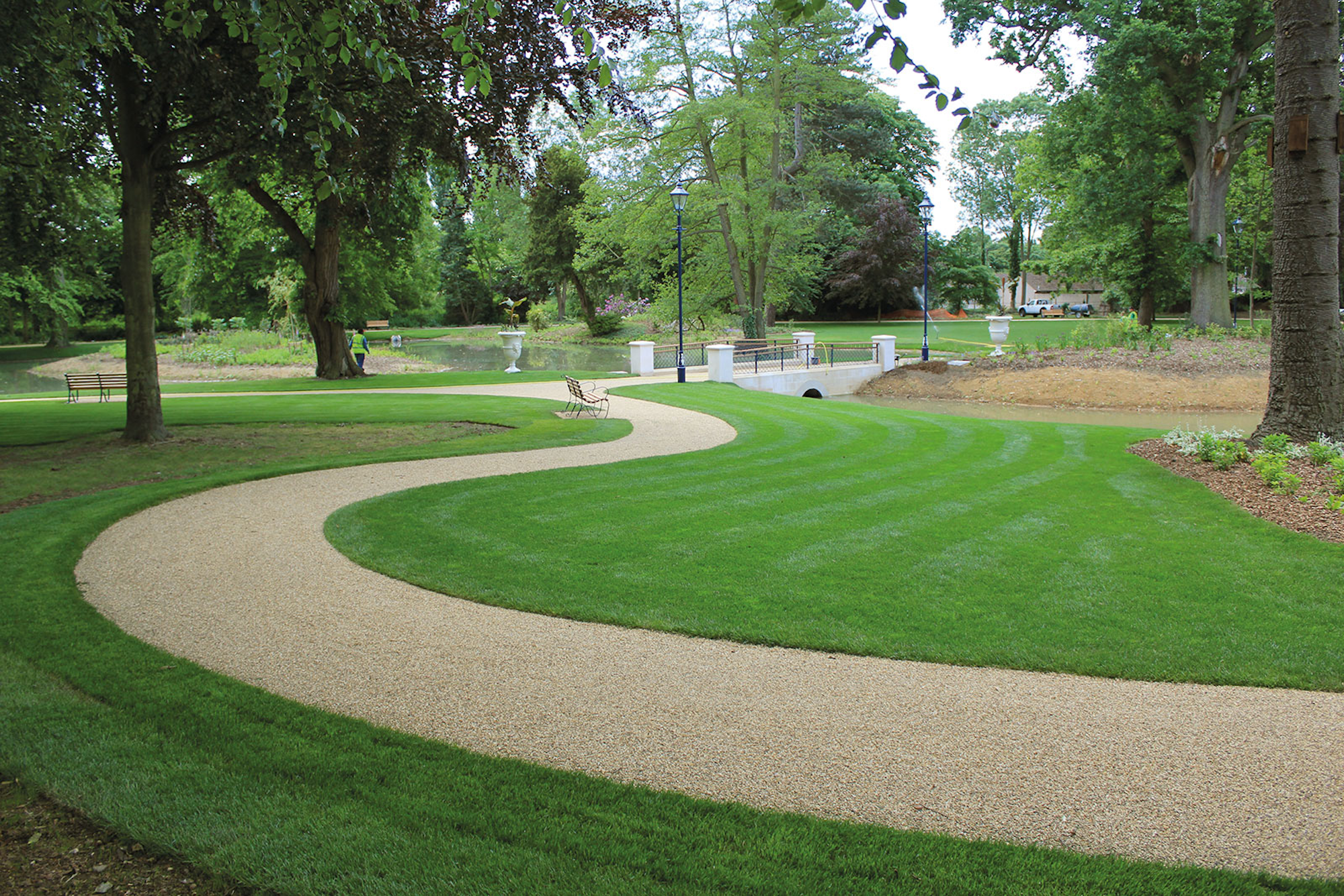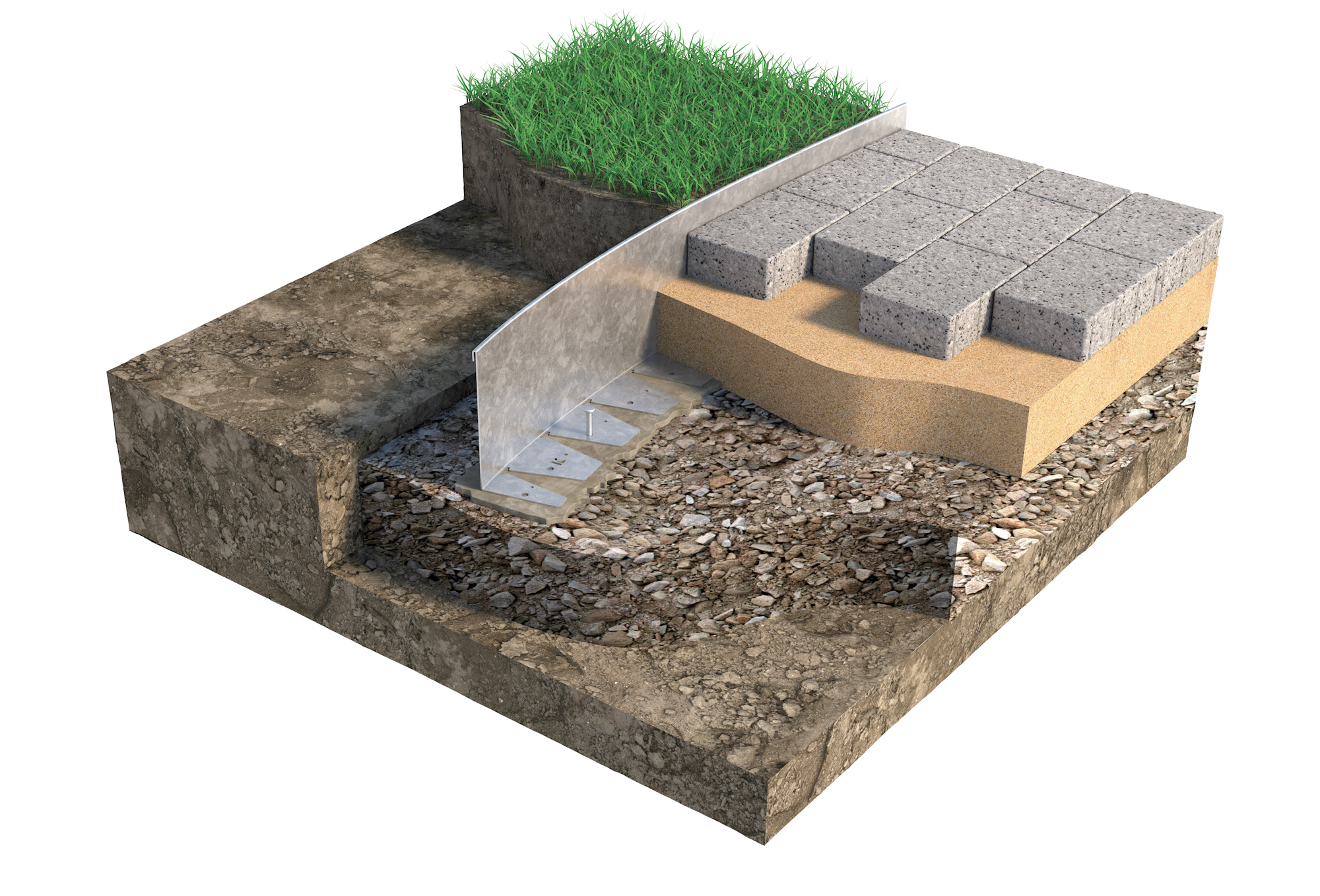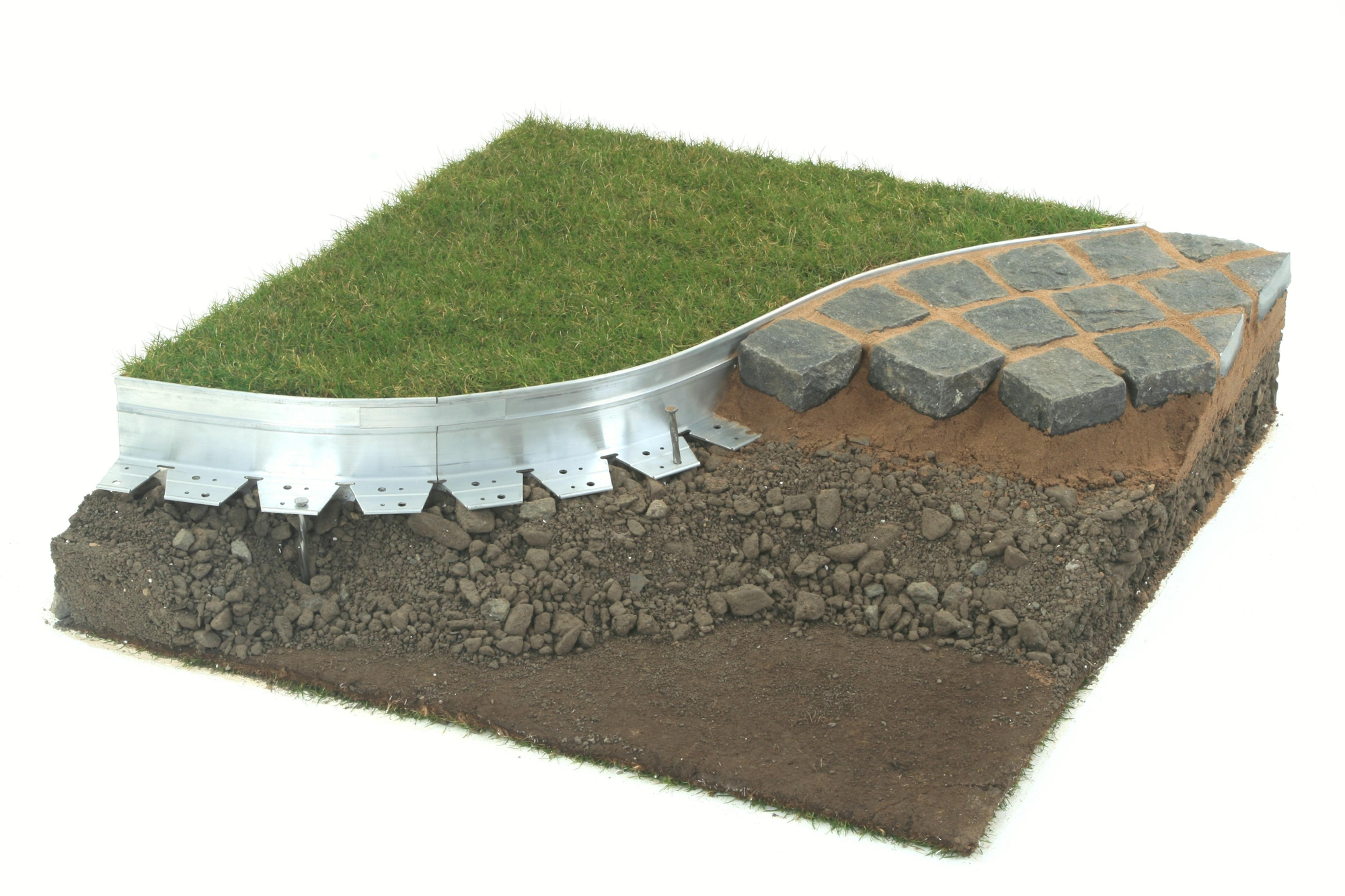The Role of Metal Lawn Edging in Erosion Control for Landscapes

In the field of landscape architecture and design, effective erosion control is a critical consideration for creating sustainable and functional outdoor spaces.
Metal lawn edging stands out as a versatile solution that not only enhances the aesthetic appeal of a landscape but also plays a significant role in erosion management.
For landscape professionals, understanding the multifaceted benefits of metal lawn edging can be pivotal in delivering high-quality, long-lasting results for clients.
The Significance of Erosion Control in Professional Landscapes
Erosion, the process of soil being displaced by natural forces like wind and water, can have detrimental effects on landscapes. For professionals, the implications of erosion are far-reaching:
- Soil Loss: The loss of fertile topsoil affects plant growth and overall landscape health, potentially compromising the investment made in landscape design and installation.
- Uneven Terrain: Erosion can lead to uneven surfaces, which may impact drainage and create maintenance challenges.
- Increased Sediment Runoff: Sediment runoff can contribute to waterway pollution and regulatory compliance issues, particularly in areas subject to environmental protections.
Addressing these issues with precision is crucial for maintaining the integrity and functionality of landscaped areas.

Advantages of Metal Lawn Edging in Erosion Control
Defining and Stabilising Boundaries
Metal lawn edging provides a robust barrier that delineates different areas of a landscape. This clear separation helps prevent soil migration between garden beds, walkways, and other features. For professionals, this means greater control over soil placement and stability, which is essential for maintaining the design’s intended layout and minimising erosion.
Enhancing Soil Retention
One of the primary advantages of metal edging is its ability to support soil retention, particularly in sloped or uneven terrains. Metal edging’s strength and durability make it an effective tool for reinforcing soil stability. This is particularly valuable in managing erosion on slopes, around water features, and along garden beds. For landscape architects, integrating metal edging into designs can address potential erosion issues proactively.
Controlling Water Flow
Properly installed metal edging can influence the direction and flow of water, reducing the risk of concentrated runoff that often leads to erosion. By channelling water flow more effectively, metal edging helps manage drainage and minimise the impact of heavy rainfall. This capability is especially beneficial for landscapes that experience significant water runoff or are situated in areas prone to erosion.
Aesthetic and Functional Integration
Metal lawn edging offers a clean, modern appearance that complements various design styles, from contemporary to traditional. For professionals, this dual functionality—combining aesthetic appeal with practical erosion control—allows for seamless integration into diverse landscape designs. The sleek lines and minimalistic profile of metal edging enhance the visual coherence of a project while addressing critical erosion concerns.

Types of Metal Lawn Edging for Professional Use
Selecting the right type of metal edging is essential for maximising its effectiveness in erosion control:
- Steel Edging: Renowned for its strength and longevity, steel edging is ideal for heavy-duty applications and challenging environments. It can be treated to resist rust and corrosion, making it suitable for high-traffic areas and long-term use.

- Aluminium Edging: Lightweight and versatile, aluminium edging is easy to handle and adjust, making it a practical choice for a range of landscaping applications. Its resistance to rust and its flexibility allow for creative and functional installations.

Metal Edging Installation Best Practices
For optimal performance and longevity, adhering to best practices during installation is crucial:
- Select Appropriately: Choose the type of metal edging based on the specific needs of the project, including soil conditions, slope angles, and environmental factors.
- Ensure Proper Depth: Install the edging at an appropriate depth to effectively contain soil and provide stability. This depth will depend on the specific application and the type of metal used.
- Level and Secure: Properly level and secure the edging to prevent shifting and ensure it performs its erosion control function effectively.
- Regular Maintenance: Monitor and maintain the edging to address any signs of wear, damage, or displacement. Routine checks will help preserve the integrity of the erosion control system and ensure long-term effectiveness.

Metal Lawn Edging from Kinley
For landscape professionals, metal lawn edging is more than just an aesthetic choice—it is a vital tool for effective erosion control.
To find out more about metal edging or if you'd like to discuss your new metal lawn edging project, contact Kinley today.